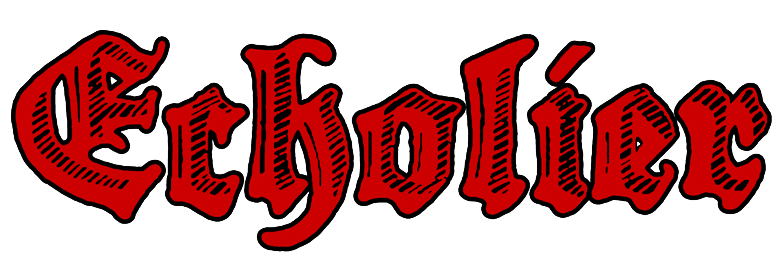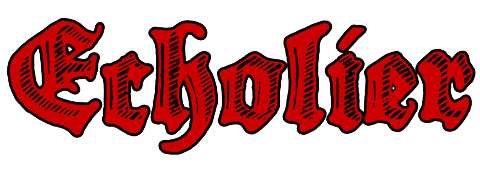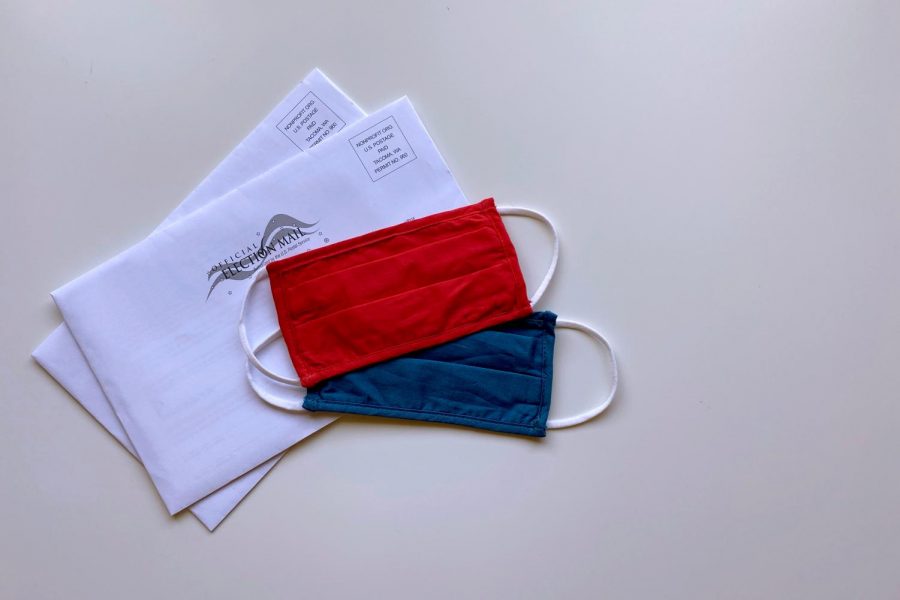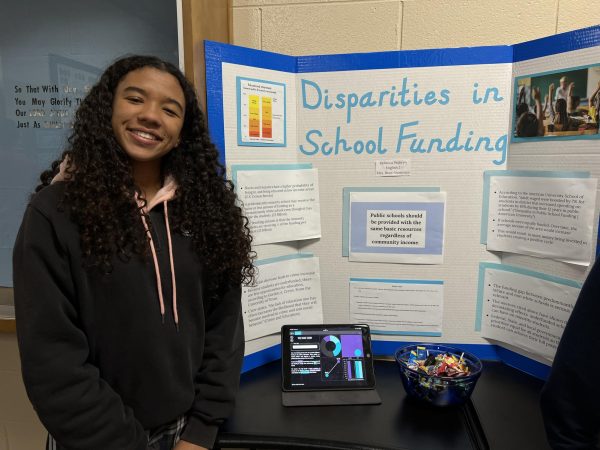A Two-Party System?
October 7, 2020
There is no doubt that living in a federalist government has had its ups and downs. One of those downs has been how we choose what party runs certain aspects of our country. You’ve probably heard of America’s primary two, the Republicans and Democrats, but there are more: Libertarians, Socialists, and those in the Green Party have been drowned out by our nation’s two party system. Democrats and Republicans hog the voting process and keep all other political parties divided by their own criteria. The worst part is, voters – old and new – may not realize they have more than two options.
Personally, I identify as a moderate. But who should I vote for, then? As an incoming voter (age 17), this is of both importance and concern to me. The two major parties are extreme opposite sides of the political spectrum leaving no wiggle room, and because I do not fall under all of their guidelines, I am accepted by neither. Third parties offer everything in between for those who don’t identify with the two extremes. It spreads out an actual panel of options. Without further integration of third party candidates, people like me will be stuck voting for what we see as “the lesser of two evils.” When neither party fits, attempting to know who to vote for is truly a nightmare.
This lack of knowledge causes one of the great pitfalls of our democracy: corruption of the voting process. It takes research to find third parties, while democratic and republican views are blasted from every TV and phone screen. This can leave voters on the fence, not knowing if they have a candidate to vote for. It’s this misinformation that keeps the Democratic and Republican Parties on top of the game. This corruption is largely due to the leaders of our two parties wanting to keep themselves in power, rather than have a fair democracy. (Gerrymandering also plays a role, but that’s a subject for another column).
Most people don’t fall completely under either of our two head parties, but into more subsections, with ideas mixing and matching. For example: if you are against gun control, abortion, and Trump, but pro LGBTQ+, you might be a Libertarian! If you are extremely pro-environment, a promoter of eco-socialism, anti violence/war, and love social justice, you may fit in with the Green Party. Some of those ideas fall under Republican and Democrat beliefs, sure, but together they create something new.
Political parties were made to organize opinions. For this reason, having more choices is essential. However, how can we prevent the number of options from getting out of hand? Simply put, we need to make sure the groups stay narrowed down enough to cater only to what could be considered majority opinions. Since every opinion can be split a thousand different ways, only the most well-known and logically sound opinions need a real political party to identify with. In this way, the number of parties stays down to a more manageable number below double digits.
Our political structure should not support voting for who you think is going to win out of two options, but rather who you want to win out of many. It is unfair to put American citizens into two small boxes and not expect turmoil among them. This is why not everyone in the primary parties can agree. They’ve been led astray. Two parties unwilling to compromise or listen is what will break true democracy in this country.
As founding father John Adams said, “There is nothing which I dread so much as a division of the republic into two great parties…”. Unfortunately, that is exactly what has happened. Instead of letting the riptide of ignorance wash over you this voting season, why not try some research and find out if you really belong where you say you are. Politics fall on a spectrum, and the first step to finding your party is figuring out where you are on that scale. If you want to attempt some research, try https://www.politicalcompass.org/ or https://www.isidewith.com/ as a starting point. After taking a few quizzes there, figuring out what party you most closely identify with should be a breeze.











